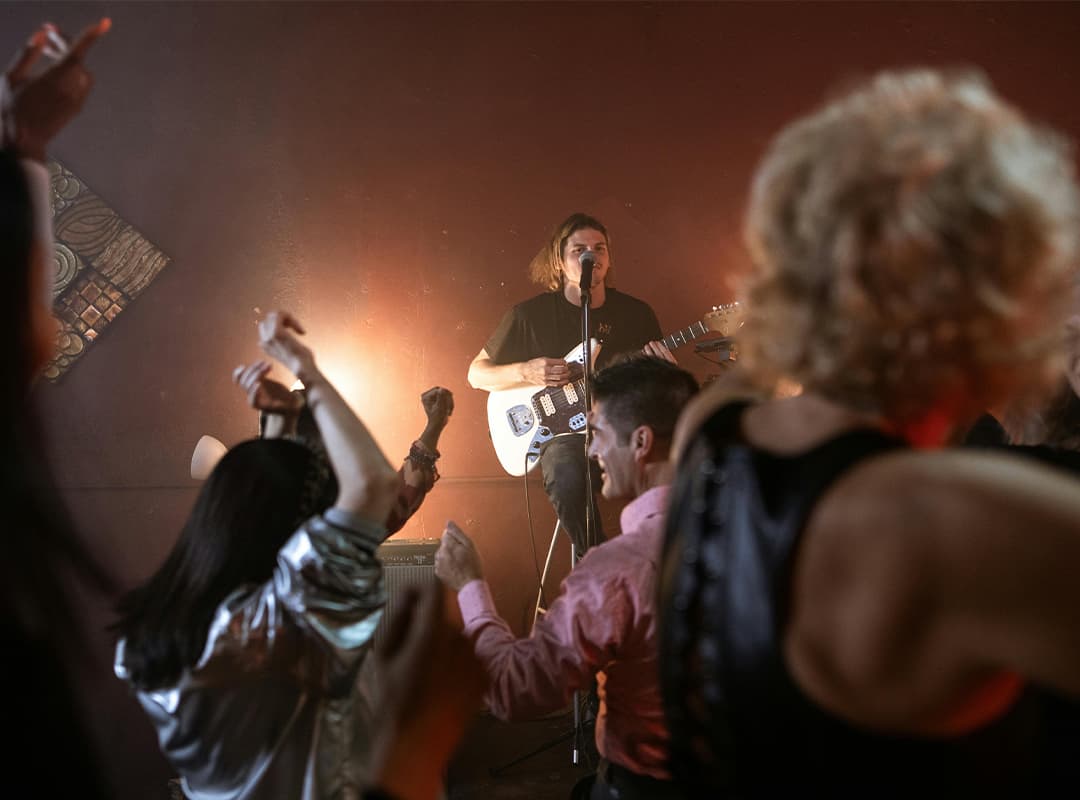Garage rock, with its raw energy and unpolished aesthetics, emerged in the mid-1960s as a powerful counterpoint to mainstream pop. Central to its rebellious charm was the fuzz guitar—a groundbreaking effect that forever altered the landscape of rock music. The unmistakable distorted tones created by the fuzz pedal became a defining element of the genre, giving garage rock its gritty and aggressive sound.
The Birth of Fuzz
The story of fuzz guitar began almost by accident. In 1961, a faulty preamplifier during a Marty Robbins recording session led to the distorted tone in the track “Don’t Worry.” Engineers attempted to recreate the effect, and the result was the creation of the first fuzz pedal, the Maestro FZ-1 Fuzz-Tone. This innovation found its way into rock music when The Rolling Stones used it on their 1965 hit “(I Can’t Get No) Satisfaction,” sparking widespread interest in fuzz-driven sounds.
Why Fuzz Was Perfect for Garage Rock
Garage rock bands often consisted of young, inexperienced musicians recording in makeshift studios. The fuzz pedal added an edge that compensated for their lack of polished technique, creating a bold and rebellious tone that resonated with the counterculture of the time.
- Accessibility: Fuzz pedals were relatively affordable and easy to use, making them ideal for amateur bands looking to stand out.
- Expressive Power: The fuzz tone could transform a simple riff into an explosive statement, giving garage rock its signature punch.
- DIY Aesthetic: The gritty, distorted sound complemented the genre’s raw, unrefined ethos.
Iconic Tracks and Bands
Garage rock pioneers quickly embraced the fuzz effect, integrating it into their music and performances. Some notable examples include:
- The Sonics – “Strychnine” (1965): This track exemplifies the wild, distorted energy of garage rock, with fuzz guitar amplifying the band’s primal sound.
- The Seeds – “Pushin’ Too Hard” (1966): The buzzing fuzz tone adds urgency and grit to this garage anthem.
- The 13th Floor Elevators – “You’re Gonna Miss Me” (1966): The fuzz guitar, combined with Roky Erickson’s howling vocals, helped cement this track as a garage rock classic.
Fuzz as a Cultural Statement
The fuzz effect became more than just a sound; it was a statement of rebellion. Garage rock bands used fuzz to break away from the polished, commercial sound of pop music. The distorted tones symbolized frustration, raw emotion, and a desire to challenge the status quo.
Legacy of the Fuzz Guitar
The influence of fuzz guitar extends far beyond the 1960s garage rock movement. The sound inspired later genres such as punk, grunge, and stoner rock, all of which share garage rock’s defiant spirit. Bands like Nirvana, The White Stripes, and Ty Segall have kept the fuzz-driven ethos alive, demonstrating its timeless appeal.
The fuzz guitar was instrumental in shaping the garage rock sound, providing a sonic identity that was both rebellious and innovative. Its distorted tones captured the raw energy of a generation seeking to break free from conformity, leaving an indelible mark on the history of rock music. Today, the legacy of the fuzz effect continues to inspire musicians across genres, proving that sometimes, the most beautiful sounds come from embracing imperfection.


